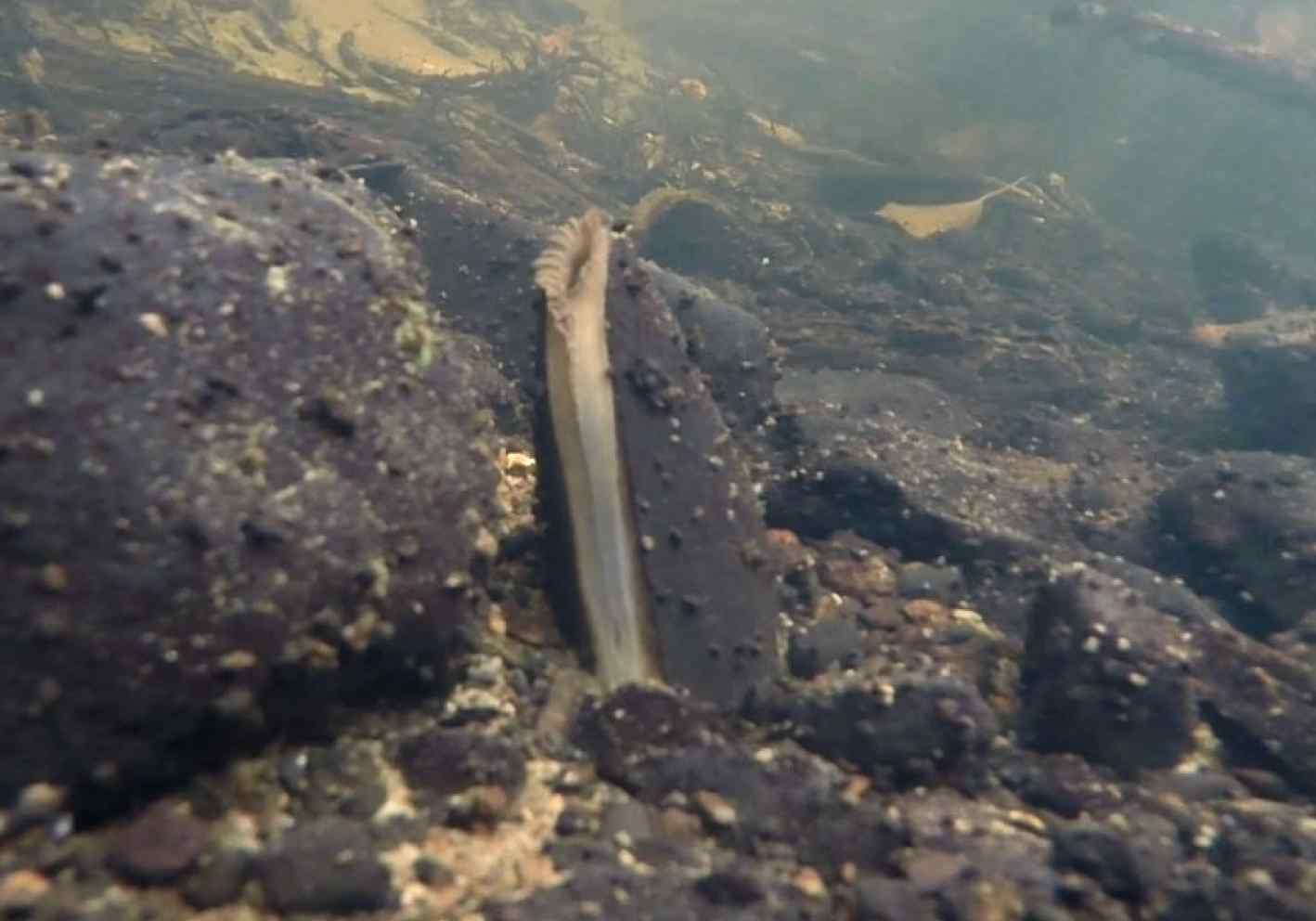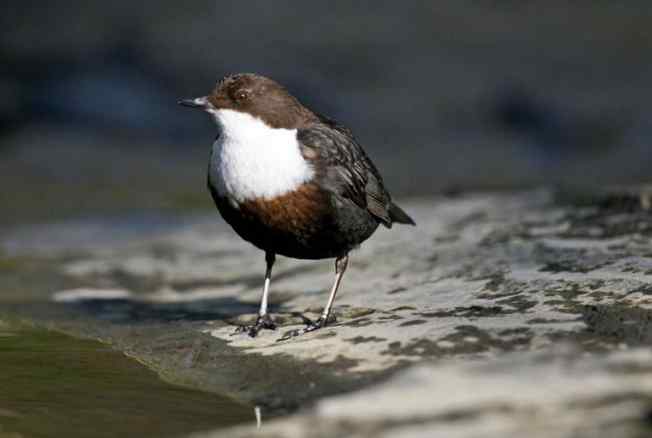Description
The freshwater pearl mussel is a bivalve, which is a type of mollusc or snail with a body that is almost completely enclosed between a pair of shells. For most of its life it is a filter feeder, and large quantities of water are pumped through the animal’s siphons and food particles are trapped and passed to the mussel’s mouth. The adult pearl mussel burrows to two-thirds of its shell depth, and is almost sessile in nature, often not moving for 100 years.
Pearl mussels have separate male and female animals, which is unusual for molluscs, although there is no external difference between them. Reproduction occurs when sperm are released into the open water via the male’s exhalant siphon, and are carried to the eggs via the female inhalant siphon and fertilisation occurs in the brood chambers. These develop into the larval stage, called glochidia, which are temporarily brooded in the female gills from June each year, and are then released into the open water in high numbers in an event lasting one to two days between July and September, probably dictated by temperature in the river during development.
The numbers of glochidia being released have been found to vary between one individual and 28 million. A small percentage of the glochidia released to the river will be inhaled by passing salmonid fish, which act as the pearl mussels’ temporary hosts. Glochidia are simple organisms with little more than a pair of shells, an adductor muscle to snap them shut, and a layer of cells which can absorb and digest nutrients. The valves close on a filament of the salmonid gills, and nourishment is taken from this fish host until the glochidial are large and mature enough to exist independently. During this time they increase to about six times their original length.
Those glochidia that survive on the fish develop into young mussels. They fall off in early summer (normally June) and bury into gravel, remaining buried for about five years, until large enough to withstand the flow of open water, moving stones and perhaps trout predation.
The Freshwater Pearl Mussel has been shown to use native brown trout and Atlantic salmon as hosts. The relationship of pearl mussels and salmon is symbiotic. The fish provides the essential step in the mussels’ life cycle, and mussels improve water quality by filtering water. Each mussel has the ability to filter up to 50 litres of water per day. Juvenile mussels spend their first five to ten years buried within the river bed substrate. Pearl mussels mature between seven and 15 years of age, and can have a prolonged fertile period lasting into old age.








